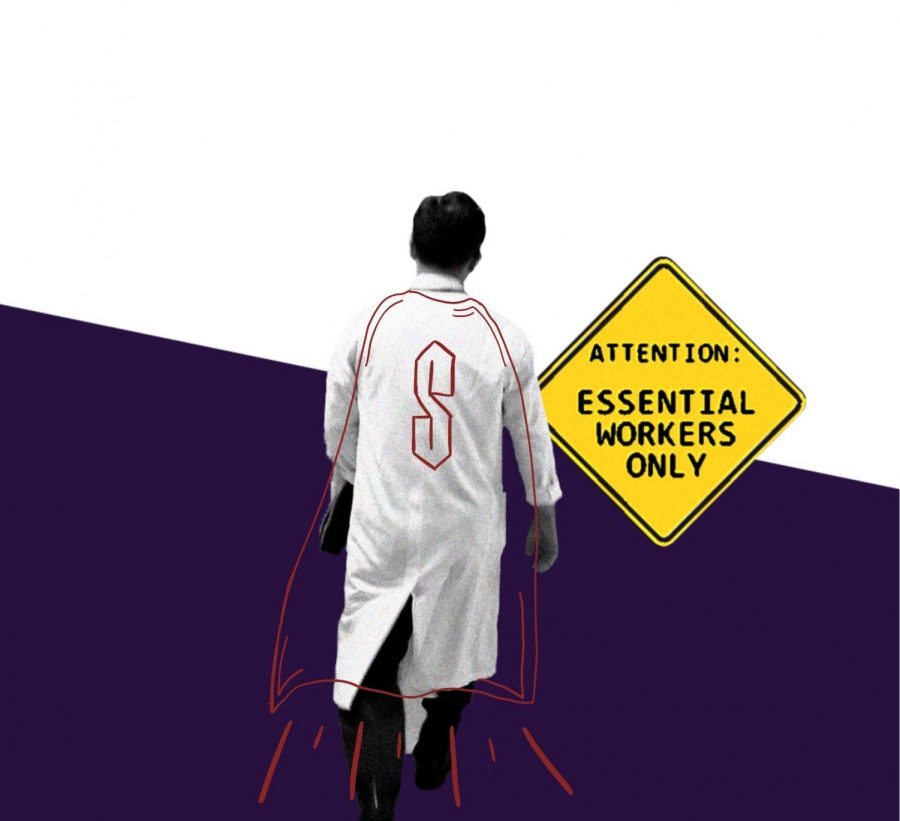If you want to go from one place to another, the process is fairly simple. You hop on a thing – be it your feet, a bike, a car, a boat, a train or a plane – and you point yourself in the direction that you want to go.
There will be detours along the way, side-streets to turn down, stopovers, delays, etc., but you’ll get there.
When you hop on a plane in one country, all it takes is several thousand miles and about eight hours, and you simply wind up where you wanted to go.
There are side effects – thanks to time zone changes, an eight-hour flight appears to take two hours, and jet-lag can muck you up for days or weeks to come. Still, the idea here is that you take off in one place and land in another.
A traveler who decides to fly from England to America will immediately notice a difference between the two countries as he or she comes in over the coast. Space.
America is endless – flying over Chicago, a crowded and bustling metropolis, the traveler will notice that as soon as the tall buildings end, the urban sprawl begins. The country spills out below the traveler and, depending on how much experience they have with it, he or she will feel either shock or a certain sense of dismay – Aha! they might think. It’s endless again.
And if a traveler is moving in the opposite direction, they will notice something quite different: dense concentrations of people situated in the midst of green fields.
Pick an English or European city and you can see that while sprawl may know no national boundaries, it can contain itself. That is to say, a big difference between Europe and the United States is that it seems (at least, from above) that sprawl involves many small houses close together, as opposed to many huge houses spread apart.
A traveler who picks up on this notion will also notice that this represents a big difference between cultures: the “American dream” idea is, no surprise, unique to America.
Oh, there’s a feeling of entitlement all over the world, but only, or at least mostly, in America, it manifests itself in the very fabric of the national character. We have not abandoned the idea of American exceptionalism and it shows. Our streets are wider, our spaces – at least in some parts of the country – less cleverly used. This is partially because we have the option to utilize our space, and I don’t think that’s a fault. We are a young and massive country, but there’s a difference between “we can” and “just because we can.” It seems we do not build large out of necessity, but because the space is available.
A traveler to St. Louis might well notice the sheer size of our roads and think that they are always full, always packed with vehicles whizzing this way and that. Though from my observation, the roads might as well be a desert any time other than rush hour.
I returned to America exactly four weeks ago, and despite having lived in St. Louis for twenty years, I was utterly amazed by this phenomenon. Streets I had driven on almost daily took on a whole new form. Clayton Road had always been just another road to me, but now it appears huge and alone.
There is more space but fewer people to fill that space. This is true even of downtown St. Louis, unless there’s a baseball game that day, which probably says more about the city than our local government would like to have said.
I – or another traveler, also from America – might never notice just how incredibly weird these streets seem to an outsider. It’s a normal condition to us. We are used to separation and big distances.
I was reading the news the other day, trying to figure out why it is we seem so totally insane – a subject I could talk about at length, but perhaps just this once that particular dead horse should be left alone – and I think it’s because we’ve gotten used to the idea that we’re all apart from each other.
This isn’t an attempt to generalize – not everyone falls under this banner – and I like to think that for the most part, we all understand that we’re all totally interconnected and closer together than it might otherwise seem.
I understand that the same disconnects happen in countries of much smaller size. I think, though, that especially with elections coming up, we might do well to try to make ourselves feel just a little bit weird about how apart from other people we are – geographically, if nothing else.






